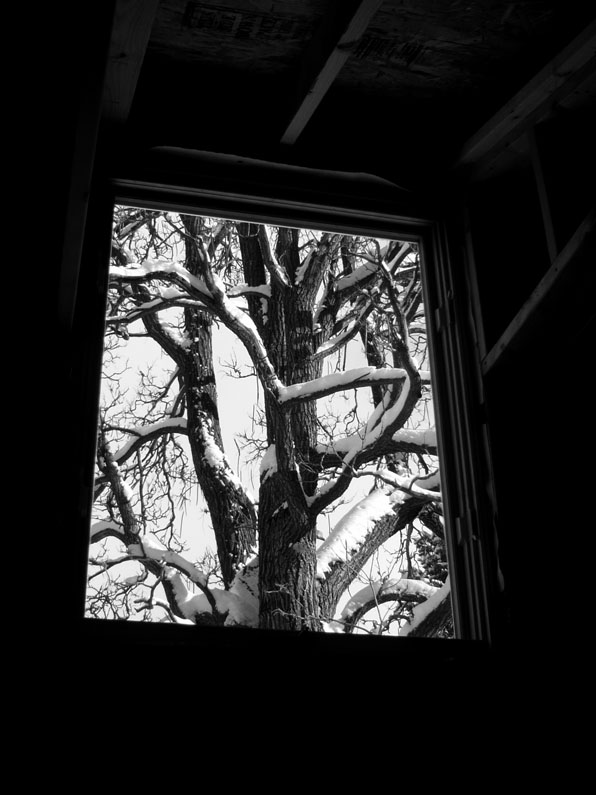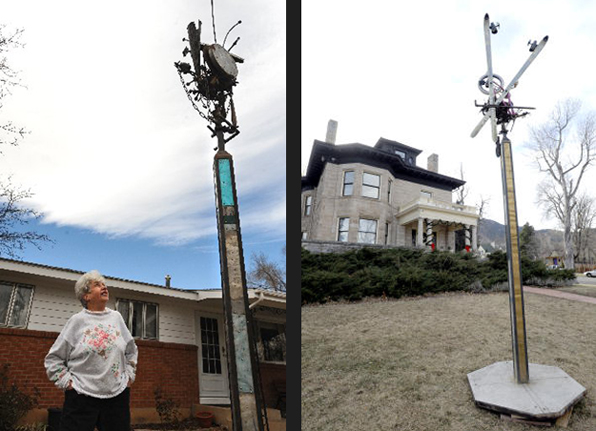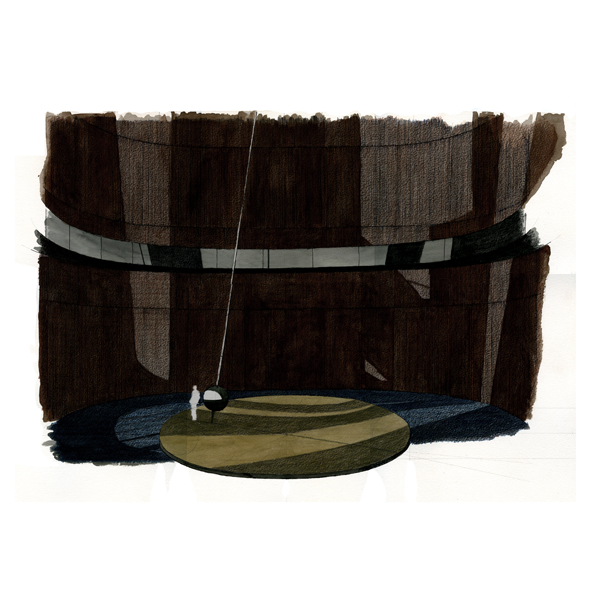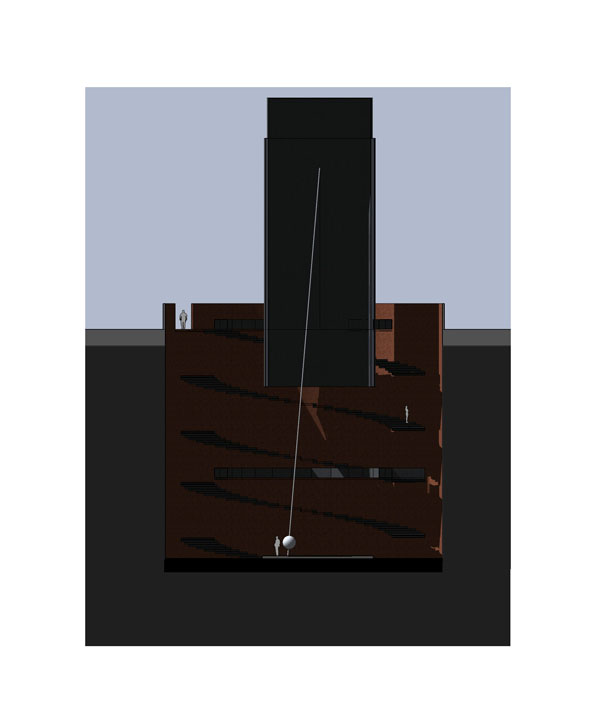plasticity – architect's glossary
author-illustrator studio construction progress
 We are making good progress on the construction of a new studio in Boulder, Colorado for a couple who are artists, illustrators and authors of children's books.
We are making good progress on the construction of a new studio in Boulder, Colorado for a couple who are artists, illustrators and authors of children's books.
The project greatly increases the size of their existing studio and adds a second-level loft space. The original studio was a dark, poorly-constructed structure and it was awkwardly attached to their 1880's Second Empire house. Our new work involves creating a new studio that looks primarily to the west to take advantage of the deep space of their richly landscaped property. The link to the old house is created by a small hall whose eastern face is pulled back from the older house's front porch to allow the old house to have a more complete expression. This little reveal between the old and new is a small example of the project's attempt to create a positive dialogue between the old and new. The studio's size and position required us to make a building that might "compete" with the older house. Rather than fight with that formal issue, we used this potential problem as the central narrative for the project.
More updates to come as the construction progresses.
Builder: Cottonwood Custom Builders
Boulder's mystery artist
Many of you who live in Boulder may have read the Daily Camera stories about the mystery artist whose works have shown up at various places in the city. It is an interesting, ongoing story that many would like to solve. I think there have been two large works installed without the knowledge (or consent) of the property owners: a tall columnar sculpture in the yard of Donna Coughlin and a even larger piece mysteriously installed in the front lawn of the Boulder History Museum:

The City of Boulder has removed the later piece while it decides what to do with it. However, most other recipients seemed thrilled to have the works, many of which were directly mailed to them.
The Daily Camera and apparently a number of citizens are ardently on the trail of the artist and a prime suspect has been identified. I don't have any illusions about the number of viewers of these blog posts or my ability to persuade, but I would like to send out an appeal to resist the urge to uncover the name and nature of the artist. Clearly part of the work is in its delivery, mystery and surprise. We should consider ourselves lucky to receive such gifts and we should take pleasure in display and appreciation of art in environments that are a far cry from stolid galleries and museums. Please let this be - take it as a nice, soaking rain in Boulder - rare, beautiful and much-needed.
(all photos from the Daily Camera)
muntin v. mullion - architect's glossary
Mine the Gap - Late Entry
 The Chicago Architectural Club ran a competition last year to elicit ideas about what to do with the ill-fated Chicago Spire project. Our entry was never really considered for submission, but has been worked on and off since.
The Chicago Architectural Club ran a competition last year to elicit ideas about what to do with the ill-fated Chicago Spire project. Our entry was never really considered for submission, but has been worked on and off since.
Designed by Santiago Calatrava, the Spire was to be the self-described "most significant residential development in the world". (go to the website to view the over-the-top video and especially the musical track). It ran afoul of bad economic times and the Anglo Irish bank put a halt to the whole thing after only the gigantic 70' deep, 70' diameter foundation had been excavated alongside Lake Michigan on the eastern most edge of the city. (in an amazingly myopic moment, Calatrava described his twisting design as an imaginary smoke signal coming from a campfire near the Chicago River lit by indigenous Native Americans. An incredibly insulting and tone-deaf explanation that negates a couple hundred years of excellent Chicago architecture and is a lame attempt to justify a twisting, spiraling design that Calatrava has experimented with all over the globe. As if genocide wasn't bad enough, lay off the native Americans already, don't implicate them in this placeless monstrosity.)
I can't help but see the hole as a grave dug by the recession to bury developer's hubris. In light of that, our competition entry envisioned a slightly dystopic future for the site as an enormous time-keeper, with a Foucault pendulum slowly swinging away marking the passage of days until the whole reinforced foundation inevitably floods from below from seeping Lake Michigan.
Not a pretty building to cap an ugly incident in the city's history of over-reaching development. Maybe we could have just filled up the hole with the demolished remains of the Cabrini Green housing project.











